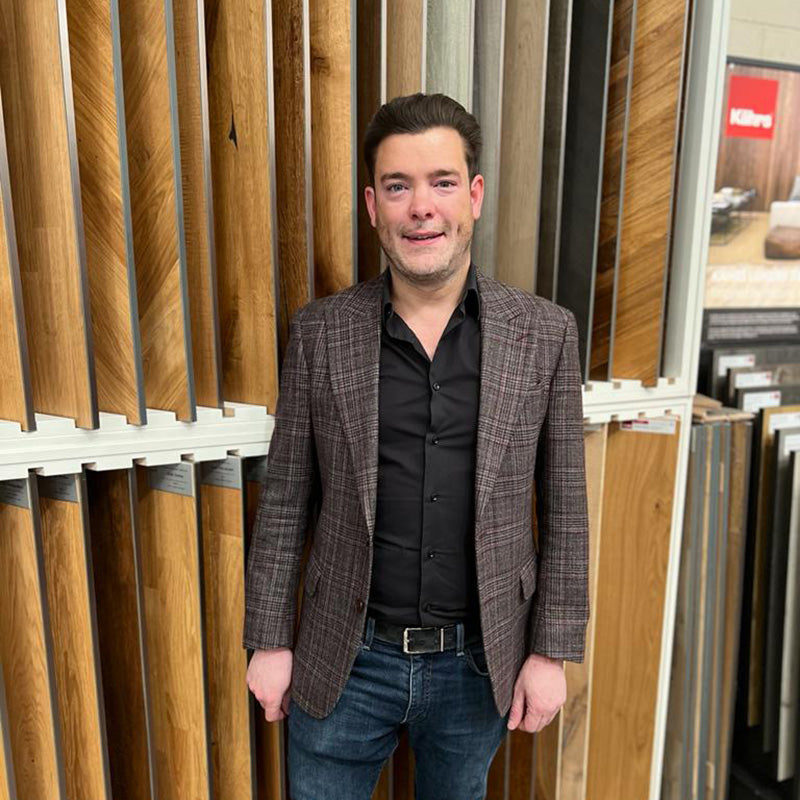Try Before You Install: How Flooring Visualizer Tools and AR Are Changing Home Design in 2025
Quick Links
What Are Flooring Visualizer Tools?
Why These Tools Are Actually Useful
The Future of Flooring Planning
Choosing a new floor used to be a mix of guesswork, samples, and crossed fingers. You’d look at swatches in a store, maybe take a few home, lay them on your existing floor, squint a bit, and hope you could imagine how it would all come together. More often than not, people had to commit to thousands of pounds—or dollars—worth of flooring based on a few planks and a leap of faith.
Fast forward to 2025, and things have taken a very different turn. Flooring visualizer tools and augmented reality (AR) technology have stepped into the scene, giving homeowners the power to preview entire rooms with just a smartphone or laptop. No downloads. No tape measures. Just real-time, realistic previews that show what your space could look like—before a single board is bought.
Let’s unpack how these tools work, how they’re being used, and why they’re now an essential part of modern renovation planning.
What Are Flooring Visualizer Tools?
At their core, flooring visualizer tools are digital platforms—usually browser-based or mobile-friendly—that let users simulate how different types of flooring will look in a given space. Most of them allow you to either choose from preloaded room templates or upload a photo of your own room. Once the image is uploaded, you can drag and drop various flooring options into the space and see how they look instantly.
These aren’t basic overlays either. The better tools use perspective correction, lighting adjustment, and scale recognition. That means the floor you see in the visualizer looks as close to real as possible. The grain direction adjusts with room angle. Shadows behave naturally. Plank size scales properly. It’s far more than a paint job on a photo.
Where Augmented Reality Comes In
While traditional visualizers use flat images, AR takes it a step further. With your phone’s camera, you can view your room live—and the flooring changes as you move around it. It’s like pointing your camera at your living room and seeing it transform in real-time. Want to walk from one corner to another and check how the wood grain looks under sunlight? Done.
This isn’t just for tech enthusiasts. AR flooring previews are now intuitive enough for anyone to use. You open a browser or an app, point your camera at your room, and swap flooring styles with a tap. It’s quick, easy, and doesn’t require any special equipment outside of a modern phone or tablet.
Why These Tools Are Actually Useful
It’s easy to call new tech a “gimmick,” but flooring visualizers solve real problems.
1. Reduces buyer regret
Photos and small samples rarely show the full picture. Visualizers help people avoid making expensive mistakes by letting them see how a full floor looks with their own furniture, walls, and lighting in place.
2. Speeds up decision making
Instead of going back and forth with samples, swatches, and second guesses, users can compare styles side-by-side in seconds. That cuts down the research time massively.
3. Helps with design confidence
Not everyone has a designer’s eye. Seeing the end result ahead of time gives homeowners peace of mind and helps them make bolder choices without fear.
Are They Accurate?
The short answer: They’re accurate enough to make an informed decision. AR and visualizer tools won’t replace the need to feel textures or test durability, but they’re getting very close in terms of appearance. Factors like lighting, room shape, and even furniture reflections are increasingly accounted for.
Still, most professionals recommend using a visualizer alongside real samples. Use the tool to narrow down your top 2 or 3 choices, then order samples of those to confirm the feel and finish.
The Future of Flooring Planning
We’re likely just scratching the surface of what these tools will become. In the near future, expect voice-guided recommendations ("Show me darker options" or "What would oak look like in this space?"), better AI-based room scanning, and even integration with other home elements—like furniture, rugs, or lighting simulations.
The aim is clear: to take all the guesswork out of home design. And for floors—a decision that’s expensive, permanent, and visible every day—that’s a game-changer.
Conclusion
If you're planning a remodel in 2025, skipping the visualizer tools is like turning down a free preview. Whether you're a hands-on DIY type or hiring professionals, using AR and virtual previews gives you the confidence to move forward without the usual doubts. No more surprises when the flooring arrives. What you see, really is what you get.



